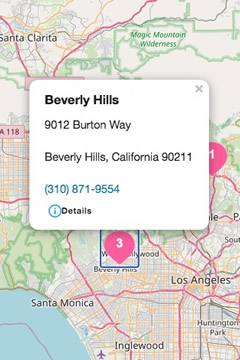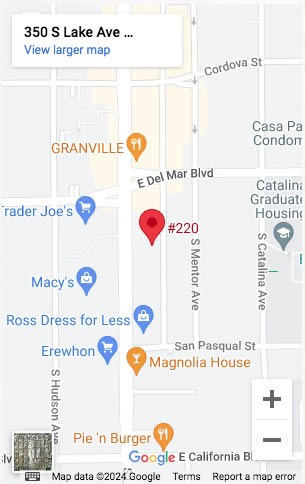Search Our Site
Popular Topics
Meet Our Team
About Heather Jeffcoat, DPT | Los Angeles Pelvic Floor Doctor


Heather and her staff blog about all things pelvic health related
Including male, female, pediatric, transgender and nonbinary chronic pelvic pain, urinary dysfunction such as incontinence, prostatitis, sexual dysfunction, pregnancy, back pain, upcoming events and more.
- Details
- Heather Jeffcoat, DPT
- 2826
I just returned to Los Angeles after completing an amazing eight day trip to Beijing, China. There I had the opportunity to work with the Chinese Olympic Committee,their rehabilitation staff and athletes. I gave two lectures with hands-on labs to their physiotherapists on Hip Impingement and Cyclist's Syndrome (Pudendal neuralgia in cyclists). Did I talk about the pelvic floor muscles in both lectures? You bet I did! Monica is my awesome Mandarin translator pictured standing next to me below.
- Details
- Staff
- 12241
Asking Yourself "Why do my testicles hurt?" Read On For Answers.
When I talk to friends and family about pelvic floor physical therapy, many think I only treat women.
Pelvic floor muscles are found in everyone! The male population can also suffer from pain or dysfunction in the pelvic region.
Have you ever asked yourself:
- "Why does my penis hurt?"
- "Why do my testicles hurt?"
- "Why is it hard to start my flow of urine?"
- "Why do I have to pee all the time?"
We'll start answering those questions. Some diagnoses include chronic testicular pain, groin pain, chronic prostatitis/chronic pelvic pain syndrome, and pelvic floor dysfunction. In today’s blog, we will be focusing on chronic testicle pain or pain in the testes, also known as, chronic orchialgia.
- Details
- Staff
- 4405
Did you know specific food and drinks can irritate your bladder?
Do you ever feel strong urinary urgency or frequency? Do you have urinary incontinence? Have you been diagnosed with a bladder control problem, overactive bladder, or interstitial cystitis? If so, you may notice some days symptoms can be worse than others. This can be attributed to the TYPES of foods and drinks you consume, also referred to as bladder irritants. Bladder irritants can aggravate symptoms such as bladder pain, urinary incontinence, urgency, and frequency.
- Details
- Staff
- 6075
May is Pelvic Pain Awareness month and healthy bowel habits are important component to consider in overall pelvic health.
What is your poop telling you?
A lot of our clients with pelvic floor dysfunction, pelvic pain, endometriosis, and prolapse have some trouble with their bowels. IBS and other bowel-related issues can cause abdominal pain, rectal pain, and pelvic floor problems. It’s a connection that is very important to consider!
Today we will discuss poop color, texture, and size. While many of us may turn our heads when we flush, there are some important details about your health that can be gathered from the color of your poop, so consider taking a gander at your poop before you flush it away.
- Details
- Heather Jeffcoat, DPT
- 4744
Did you know that riding a bike that doesn’t fit your body can cause and exacerbate nerve and orthopedic problems? Avoid nerve, muscle and joint pain with the following tips!
Before We Begin: Ask for Help
If you are spinning at a gym or in a class, ask for assistance from cycling instructors if you need help setting up your bike. Everyone needs help doing this when they begin, so don't be shy!
If you are cycling at home, come see us at the clinic or have us come out to your house! Clinic owner Heather Jeffcoat, DPT does custom fit assessments in our Sherman Oaks office using the Peloton, and travels in the greater Los Angeles area.
Where is your tush?
Before you sit on the bike, know where you should be sitting!
Your sitting bones should be seated on the back (widest part) of your bike saddle. Sitting correctly on the bike will be one of the most important factors to keeping you from developing orthopedic or nerve issues.
- Details
- Staff
- 3504
How to prevent back pain for your child
With the school year upon us, kids everywhere are settling into their routines including schlepping items from home to school and extracurricular activities.
Heavy backpacks can lead to back and shoulder pain, injuries, and soreness. Here are a few tips to stay healthy when using a backpack.
Symptoms to watch for:
Carrying a backpack that is too heavy for you can lead to back pain, spinal injuries down the road, as well as an injury to the brachial plexus, the nerve network that goes down the front of the neck and shoulder to your arms, hands, and fingers.
Here are some symptoms to watch out for:
- Back Pain
- Numbness, tingling, prickling, or burning sensations in the shoulders, arms, or hands.
- Weakness in the shoulders, arms, or hands.
- Pain in the arms, hands, forearms, or shoulders
- Pain that radiates down the arm
- Neck and shoulder pain
- Details
- Staff
- 5566
Childhood Constipation and how Pelvic Floor Therapy Can Help
Does your kiddo have a hard time passing bowel movements?
If the answer is yes, you are not alone. According to (Mugie et al. (2011) up to about 30% of children experience constipation. In fact, kids admitted to the emergency room with abdominal pain are most often diagnosed with constipation (Caperell, Pitetti, & Cross, 2013).
Kids who don’t get treatment for their constipation may start falling into muscle holding patterns that persist into adulthood. This means that childhood constipation problems may lead to adult constipation and other pelvic floor issues.
- Details
- Staff
- 15499
While occasional daytime and nighttime accidents (bowel and urine) are a normal part of younger childhood, kids can experience pediatric incontinence and pelvic floor dysfunction just like adults.
In this article we will discuss the signs of an underlying pelvic floor dysfunction in children and how pelvic floor therapy can help.
When is it a problem?
Occasional daytime and nighttime accidents are a normal part of growing up. However, if accidents are interfering with a kid’s social engagement, progress in school, or their self-image, then you may consider seeking extra help from a pediatric urologist or pelvic floor therapist.
- Details
- Staff
- 12309
Managing Prostatitis Related Pain is Possible
Part 2 of 2 of our Prostatitis Lifestyle Management Series
An article published in the Journal of Prostate Cancer and Prostatic Disease (Gallo, L. (2014).) outlines evidence-based recommendations for managing prostatitis related pain in men. These recommendations were well tolerated by clients and showed statistically significant reduction in symptoms caused by prostatitis and CPPS. Today we will cover lifestyle and sexual habits that can help relieve pelvic pain.
- Details
- Staff
- 41690
Did You Know That You Can Practice Yoga Therapy to Ease Prostatitis?
Yoga is a form of exercise that utilizes movement for strength and flexibility, along with breathwork and mindfulness for reduction of stress and tension. Yoga has long been used therapeutically for a variety of neuromuscular, immunological, psychological, and pain disorders. It has also been linked to improvements in body awareness, improved cognition, flexibility and strength, as well as physiology (reducing stress hormones, improving cardiac function) (Schmalzl et al, 2015).
- Details
- Staff
- 9705
Ways Prostatitis Related Pelvic Pain Can Be Reduced or Eliminated
Part 1 of 2 of our Prostatitis Lifestyle Management Series
An article published in the Journal of Prostate Cancer and Prostatic Disease outlines evidence-based recommendations to treat prostatitis related chronic pelvic pain syndrome (CPPS) in men (Gallo, L., 2014). These recommendations were well tolerated by clients and showed statistically significant reduction in symptoms caused by prostatitis and CPPS. Today we will cover dietary and toileting habits which can help relieve pelvic pain.
Prostatitis and Male Pelvic Pain
Chronic prostatitis, nonbacterial prostatitis, and chronic pelvic pain are all related conditions which negatively affect quality of life for the men who suffer from them. Symptoms vary, but are often described as a “headache in the pelvis” with pain symptoms affecting urinary and sexual function. The pain is real and their negative affects on quality of life are real as well. The pain caused by nonbacterial prostatitis can be disabling, preventing participation in valued activities and causing isolation and depression.
According to Harvard Medical School, prostatitis accounts for about 1.8 million visits to the doctor’s office in the United States each year. Between 9% to 16% of men of all ages experience prostatitis. About 90% of these instances cannot be tied to an active bacterial infection. Prostatitis affects men of all ages, unlike benign prostatic hyperplasia (BPH) and prostate cancer, which predominantly affect older men.
- Details
- Staff
- 14385
This article will review how prostatitis can cause or contribute to chronic pelvic pain and what pelvic floor therapy can do to help alleviate it.
The Condition
Chronic nonbacterial prostatitis is sometimes described as a “headache in the pelvis” with pain symptoms affecting urinary and sexual function. It’s a tricky condition because as “nonbacterial” suggests, the pain and inflammation is not tied to a known bacterial infection, which can confuse both the patient as well as their healthcare providers. Yet, the pain is real and their negative affects on quality of life are real as well. The pain caused by nonbacterial prostatitis can be disabling, preventing participation in valued activities and causing isolation and depression.
Prevalence
According to Harvard Medical School, prostatitis accounts for about 1.8 million visits to the doctor’s office in the United States each year. Between 9% to 16% of men of all ages experience prostatitis.
- Details
- Heather Jeffcoat, DPT
- 6784
Most people experience occassional constipation. Constipation isn’t just the inability to have a bowel movement, and includes the difficulty associated with bowel movements. Travel, inactivity, illness, and certain over the counter medications taken “as needed” commonly result in short-term or acute constipation. Constipation lasting longer than three months is considered chronic constipation. Chronic constipation should be treated by a doctor to prevent health complications.
Chronic Constipation: Are you and your healthcare practitioner talking about the same thing?
Clear communication is essential to working with doctors, but the general public often has only a rudimentary understanding of medical terms - including constipation. There is often a gap between the physician and the patient’s perception of constipation which can lead to confusion. (1, 2, 7, 10) A study of people who thought they had constipation showed that only a third actually fit the criteria for constipation, while the rest actually had Irritable Bowel Syndrome or other gastrointestinal disorders. (9) So what are the criteria for constipation?
- Details
- Webmaster
- 4161
Date:
Sunday, November 5, 2017
Time:
6:30-9:30PM
Venue:
The Rendition Room @ Vitello's
4349 Tujunga Ave., Studio City, CA 91604
Drinks and appetizers will be provided!
- Details
- Heather Jeffcoat, DPT
- 8866

Pelvic floor physical therapy is one of the best kept secrets in medicine.
Recently, I was on a plane flight and sat next to two women. They were very chatty with one another and quickly swept me up into their conversation. Inevitably, in situations like this, everyone asks “So what do you do for a living?”. My answer always used to be “I’m a physical therapist”. The past couple of years, however, my standard response is “I’m a physical therapist, but let me tell you about what kind of physical therapist I am”. Then I go into the diagnoses I treat related to bowel, bladder and sexual health and, in general, how I treat them. Across the board, their reaction is a mix of astonishment and genuine interest. The follow up dialogue is always eye-opening for them, and more often than not, they will report either knowing someone close to them as having one of these pelvic floor issues, or they have it themselves.
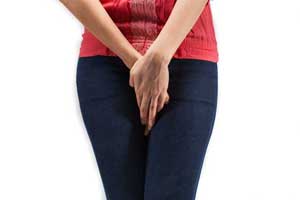



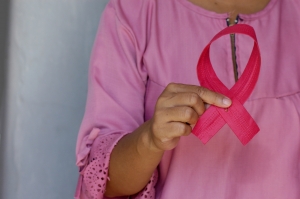
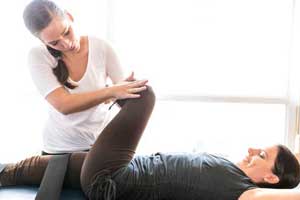
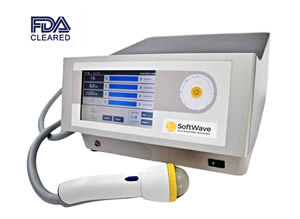


















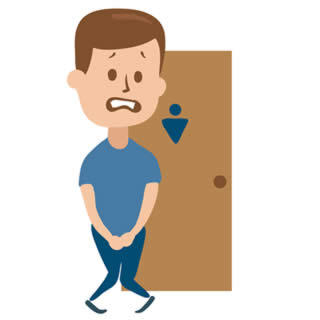
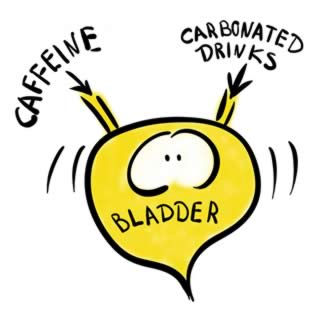
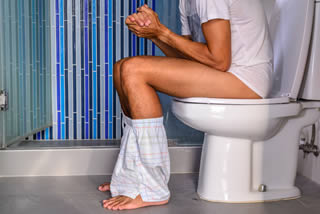
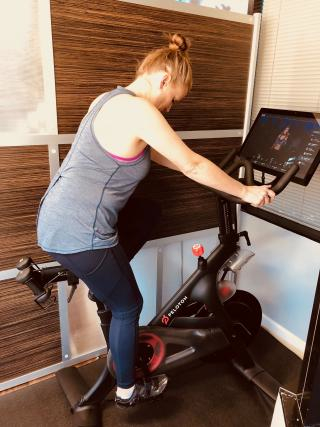

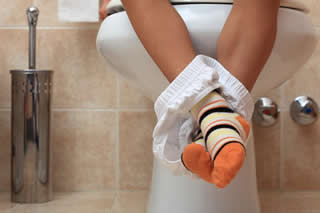
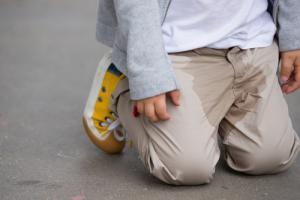

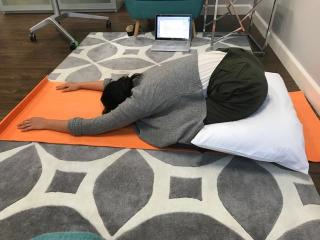

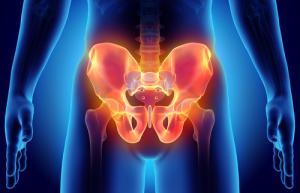
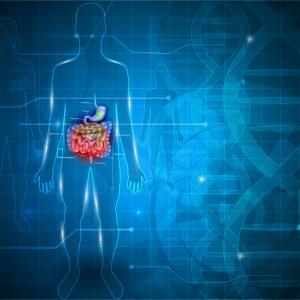

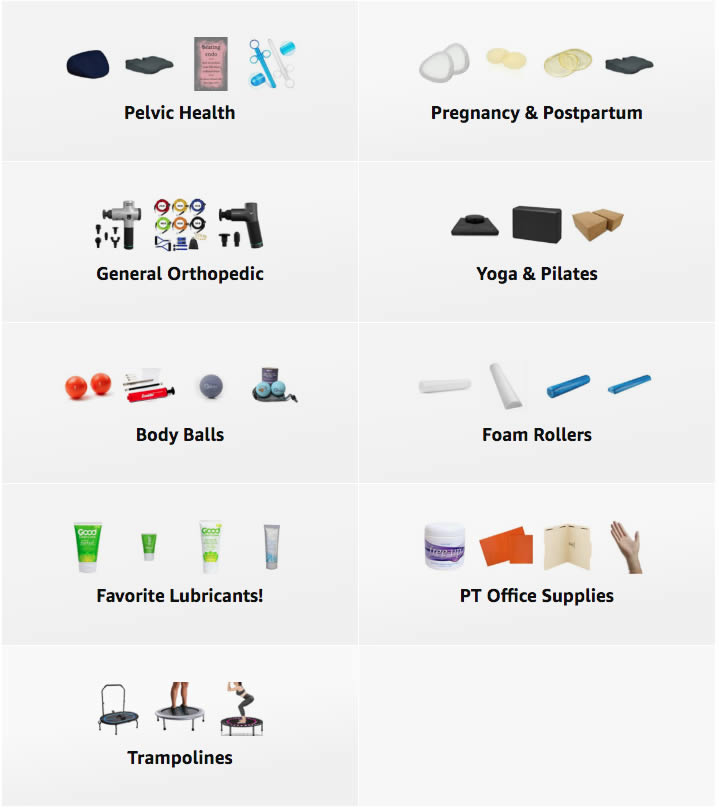 A Curated List of Excellent Items at Amazon
A Curated List of Excellent Items at Amazon

